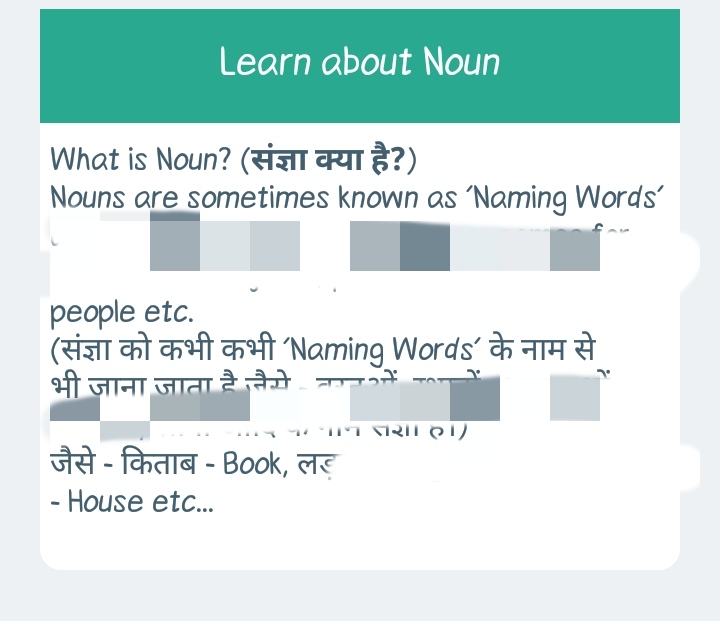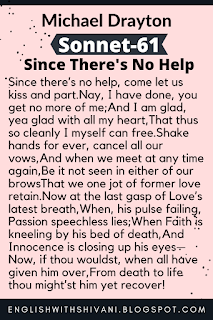7 Ways to say I Love You Explained

7 ways to say I Love You 7 तरीके 'I love you' बोलने के, अंग्रेज़ी में 1. First, I'm crazy about you! - मैं आपके लिए पागल हूँ. 2. second, I cannot stop thinking about you. - मैं आपके बारे में सोचना बंद नहीं कर पा रहा. 3. third, I'm head over heels in love with you. - मैं आपके प्यार में डूब गया हूँ. 4. fourth, I am smitten by you. - मैं आपसे बहुत आकर्षित हूँ. 5. fifth, I adore you! - मैं आपको बहुत चाहता हूँ. 6. Sixth, You are the love of my life! - आप मरे जीवन के इकलौते प्यार हैं. 7. seventh, I want to spend the rest of my life with you मैं अपनी बची हुई ज़िन्दगी आपके साथ गुजरना चाहता हूँ।





